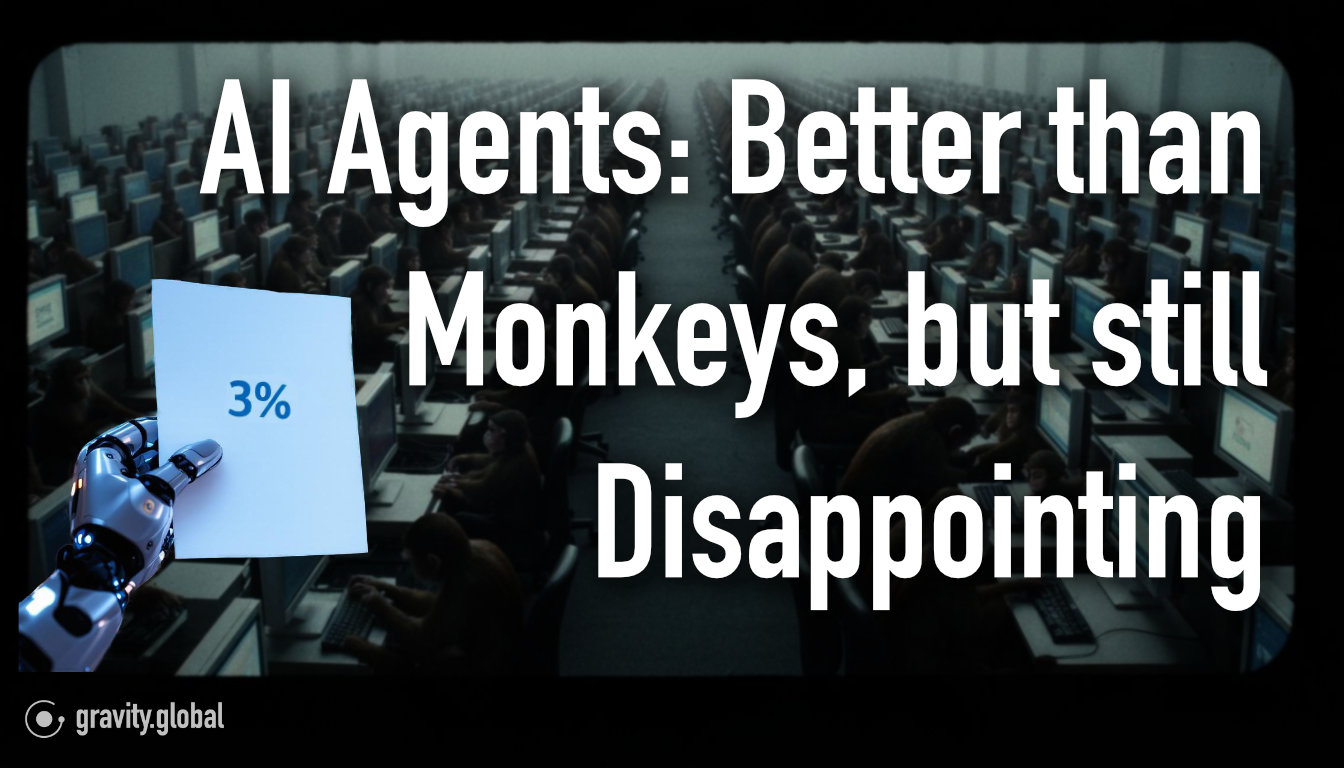From Chaos to Clarity: Digital Adoption That Works
Why digital adoption makes or breaks enterprise projects—and how GRAVITY ensures users actually use new systems.

Enterprise software should make work easier. Yet too often, organizations invest heavily in platforms like Salesforce, Microsoft Dynamics CRM, or BSI-CRM, only to discover that employees struggle to use them confidently. Processes slow down, support tickets increase, and user frustration rises — even though the technology itself is capable.
The core problem is rarely the software. It’s the gap between implementation and adoption. When employees are expected to adapt without guidance, they feel overwhelmed and hesitant. This hesitation shows up as workarounds, incomplete data, inconsistent workflows, and a general sense of friction that undermines business goals.
A digital adoption platform (DAP) helps eliminate that friction. By delivering in-app guidance directly inside the systems employees use every day, a DAP replaces confusion with clarity. Instead of relying on outdated manuals or dense training sessions, users receive real-time support as they work — and that changes how people learn, engage, and stay productive.
The Hidden Cost of “We’ll Train Them Later”
Traditional employee training methods rely on large onboarding sessions, PDF manuals, video libraries, and one-time workshops. These approaches assume that people will remember what they learned when they eventually need it. In reality, much of that information is lost. When employees return to the software days or weeks later, they struggle to recall steps — and the frustration begins.
This affects far more than the initial onboarding experience. When employees cannot navigate workflows confidently, their productivity drops. Their engagement declines. Their experience with the organization feels harder than it should be. Over time, this erodes adoption and leads to costly workarounds that undermine digital transformation goals.
The point is simple: technology cannot create value if people cannot use it effectively.
How a Digital Adoption Platform Creates Clarity
A digital adoption platform (DAP) overlays enterprise software with contextual guidance that appears exactly when the user needs it. Instead of learning in a classroom or trying to decode instructions on an intranet page, employees learn directly within the workflow itself.
For example, when entering data in Salesforce, a user might see a callout explaining what type of information should be added to a particular field and why it matters. When completing a multi-step workflow in Microsoft Dynamics CRM, an interactive walkthrough can guide the user step-by-step until the task is complete. This makes learning practical, immediate, and confidence-building rather than abstract.
Because platforms like GRAVITY are no-code digital adoption platforms (DAP), organizations can create and adjust this guidance without placing extra burden on IT teams. This means training materials stay aligned with real processes — even when those processes evolve.
Digital Adoption and Change Management: Working Side by Side
Many transformation initiatives rely heavily on change management frameworks. Communication, leadership alignment, and stakeholder engagement are essential — but without digital adoption support in the software itself, the change rarely sticks. Employees may understand why systems are changing, but still struggle with how to use them.
Digital adoption bridges this gap. It makes change visible, understandable, and repeatable. It helps embed new behaviors by showing users what to do, in the exact moment they are doing it. This reduces the cognitive burden on employees and makes change feel more natural and less disruptive.
Supporting the Entire Employee Life Cycle
A digital adoption platform does not only support new hires during employee onboarding. It supports employees throughout the entire employee life cycle — from first day productivity, to ongoing employee training and development, to continuous improvement and growth.
This continuity has measurable effects. Employees feel more confident in their workflows, more engaged with the tools they use, and more supported by the organization. Their employee experience improves — and when experience improves, employee engagement and employee productivity follow.
Even in remote onboarding scenarios, where guidance and support are more difficult to deliver, a DAP ensures employees can learn and work effectively without needing someone “over their shoulder.”
Real Outcomes: Clarity Drives Results
When organizations introduce a digital adoption platform, they routinely report:
- Faster time-to-productivity for new hires and transferring employees
- A noticeable reduction in support requests and training overhead
- More consistent and accurate execution of critical workflows
- Higher employee confidence and satisfaction using core systems
- A clearer path to achieving digital transformation goals
In short: clarity reduces cost, increases efficiency, and improves outcomes.
The technology investment begins to produce the expected value — not because the tools changed, but because the experience of using them did.




Embrace the digital adoption platform of tomorrow - GRAVITY



The Digital Adoption Updates You Can't Miss - Subscribe Now!
Join Our Monthly Author Call – Stay Ahead of the Curve with the Latest Trends!



From Chaos to Clarity Is a Strategic Decision
Your employees are not resistant.
Your systems are not too complex.
Your teams are not unprepared.
They simply need the right guidance at the right moment — where work happens.
A digital adoption platform (DAP) transforms how people learn, work, and adapt.
It ensures that digital transformation results in meaningful, sustained change — not confusion or frustration.
When employees feel confident, workflows become smoother, adoption accelerates, and organizations finally see the return on the investments they’ve already made.
Clarity isn’t a luxury.
It’s the foundation of successful transformation.





